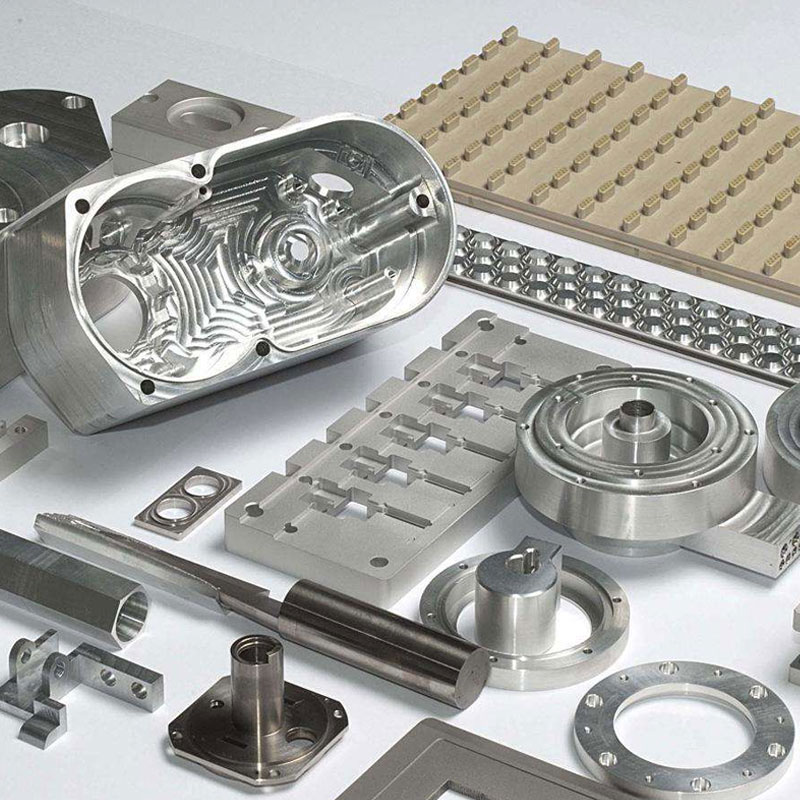Titanium is a new metal, and the development of the titanium industry has a history of more than sixty years. The current titanium processing industry is developing rapidly, which is not only related to the many excellent characteristics of titanium that have gained a lot of love in the industrial field, but also to the use of sophisticated metal plastic processing skills, that is, steel and non-ferrous metal processing skills and equipment with long history Being able to use it is related to learning, which makes titanium’s plastic processing skills faster and more sophisticated.
Titanium’s plastic processing uses the metal’s plastic processing skills, which is the process of processing titanium ingots into various titanium materials. In other words, it utilizes the plasticity of solid titanium and applies external force to the titanium ingot to force it to undergo plastic deformation and reach the expected process of titanium.
First, the plastic processing of titanium uses metal plastic processing skills. Therefore, the basic theory and processing principles of metal plastic processing are the basic theories and processing principles of titanium plastic processing. When researching and developing titanium plastic processing, we must understand metal plastic processing skills, and benefit from and learn from them.
Secondly, in the process of using metal plastic processing skills, it is necessary to combine the ubiquitous principle with the characteristics of titanium itself. Compared with ordinary metal steel, copper, and aluminum, titanium, especially alloy titanium, has the characteristics of large deformation resistance, low plasticity, and easy oxidation at high temperatures, so the processing comparison is difficult. As long as the two are combined, it can constitute titanium processing skills. Moreover, it is necessary to consider titanium’s own characteristics in order to be able to process qualified titanium materials.
When establishing the production process of titanium and titanium alloy sheets and foils, it is necessary to take into account the special functions of titanium and titanium alloys-low plasticity, high deformation resistance and high temperature oxidation and acidity in heating or in fluoride salt solution High inspiratory tendency when washing.
Determine the reasonable rolling skill standard according to the existing equipment and the type standard of sheet, foil and sheet.
When determining the hot rolling temperature standard of titanium alloy sheet, the influence of grain size on arrangement and function should be considered. After processing at the temperature of the p-phase region, coarse grains will be preserved in the metal, and the mechanical function of the plate will be reduced. Therefore, in order to obtain a uniform fine-grained arrangement, it is necessary to ensure a 30% -40% deformation in the a-phase or a + P-phase region.
In order to milk the titanium plate or roll the center billet with a thickness of 2-5, it should be warm rolled in the temperature range of 840 ~ 500T. The extremely important advantage of warm rolling is that there is no center annealing, and the oxide layer with a small thickness is also easy to pickle. When rolling a 0.3-1.8mm thick sheet with foil, multiple cold rollings are carried out and several center annealings are used. The total processing rate is 20% -50% (for high alloying alloys, small deformations should be used) the amount).
Technical process of producing titanium and titanium alloy sheet and foil. In the production process of titanium and titanium alloy sheet and foil, it is necessary to go through the following important processes: slab preparation, slab heating, hot rolling, warm milk and cold rolling.

What’s your reaction?
Love0
Sad0
Happy0
Sleepy0
Angry0
Dead0
Wink0






